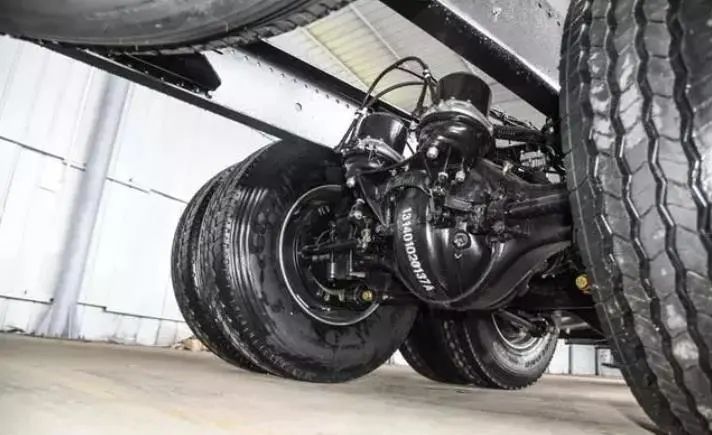Semi-Truck ABS Light Keeps Staying On. How To Fix It.
You fire up your truck, do your pre-trip check, and notice the ABS light staring back at you. Maybe it flickered on after you hit a bump, or maybe it’s been glowing for days, either way, you’re wondering - what’s the deal?You can often diagnose ABS issues by checking...
Why Is My Semi-Truck’s Differential Making a Grinding Noise?
Your truck has been running like a champ, but lately, something sounds... off. At first, it’s just a faint grinding noise, barely noticeable over the hum of the engine, but then, it gets worse. A grinding differential isn’t just an inconvenience—it’s a sign that something inside your drivetrain is wearing...
Why Is My Semi Truck’s Turbo Making a Whistling Noise?
You're rolling down the highway, everything seems fine—until you hear it. A high-pitched whistle, like a tea kettle about to blow, coming from under the hood. A whistling turbo isn’t just an annoying sound—it can be a sign of a hidden issue. The good news? Some causes are minor and...



